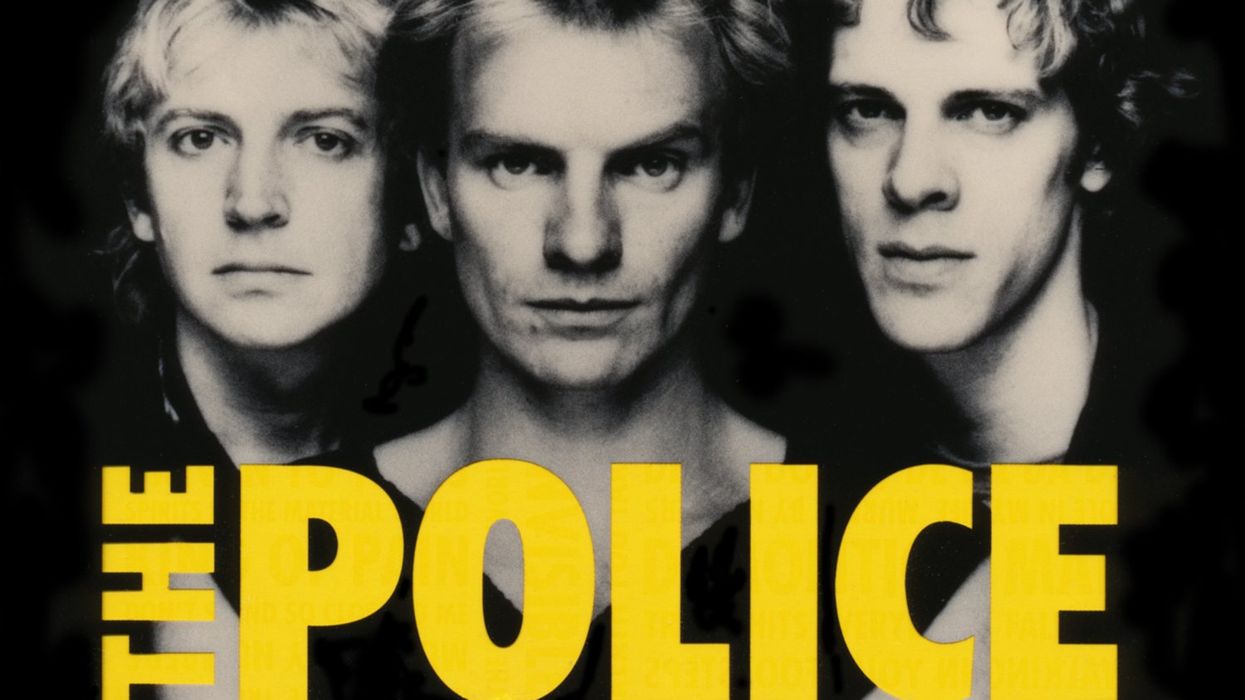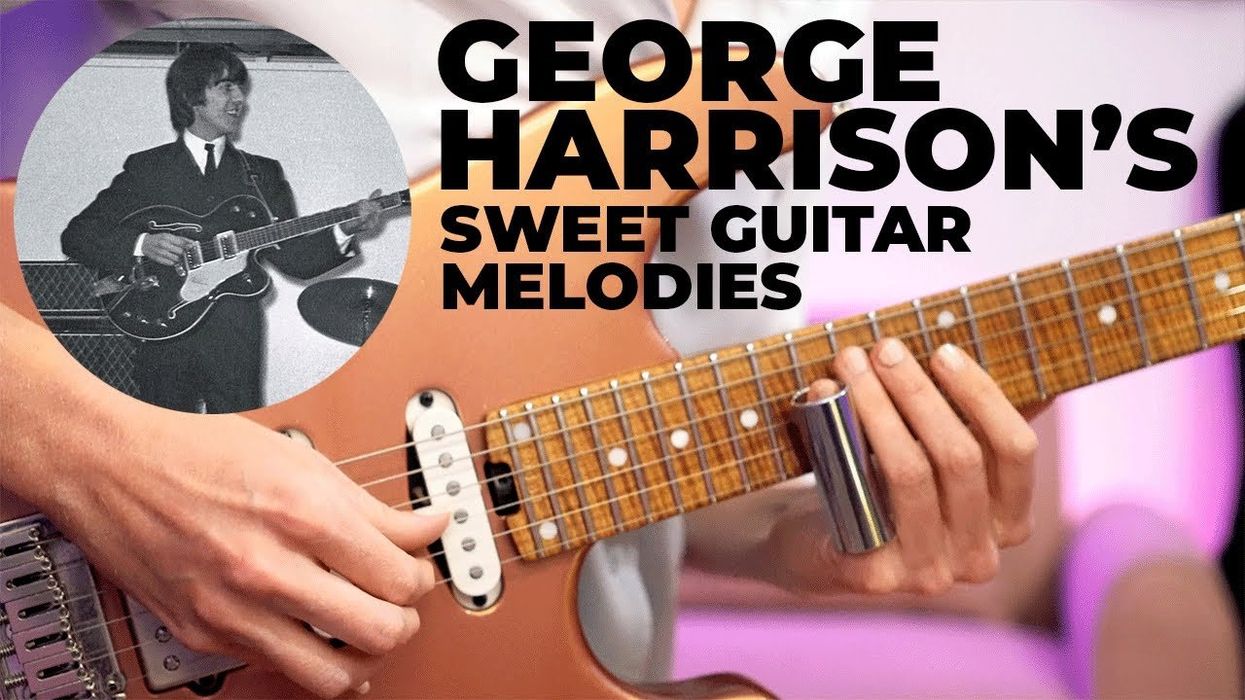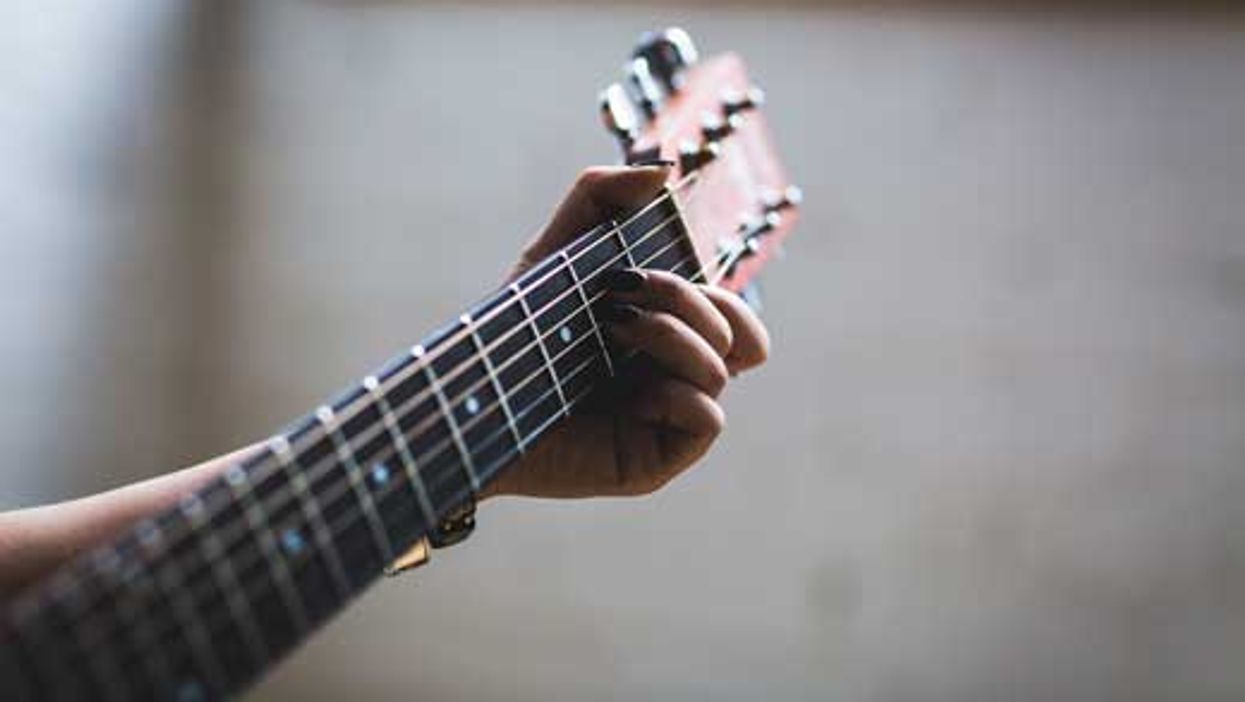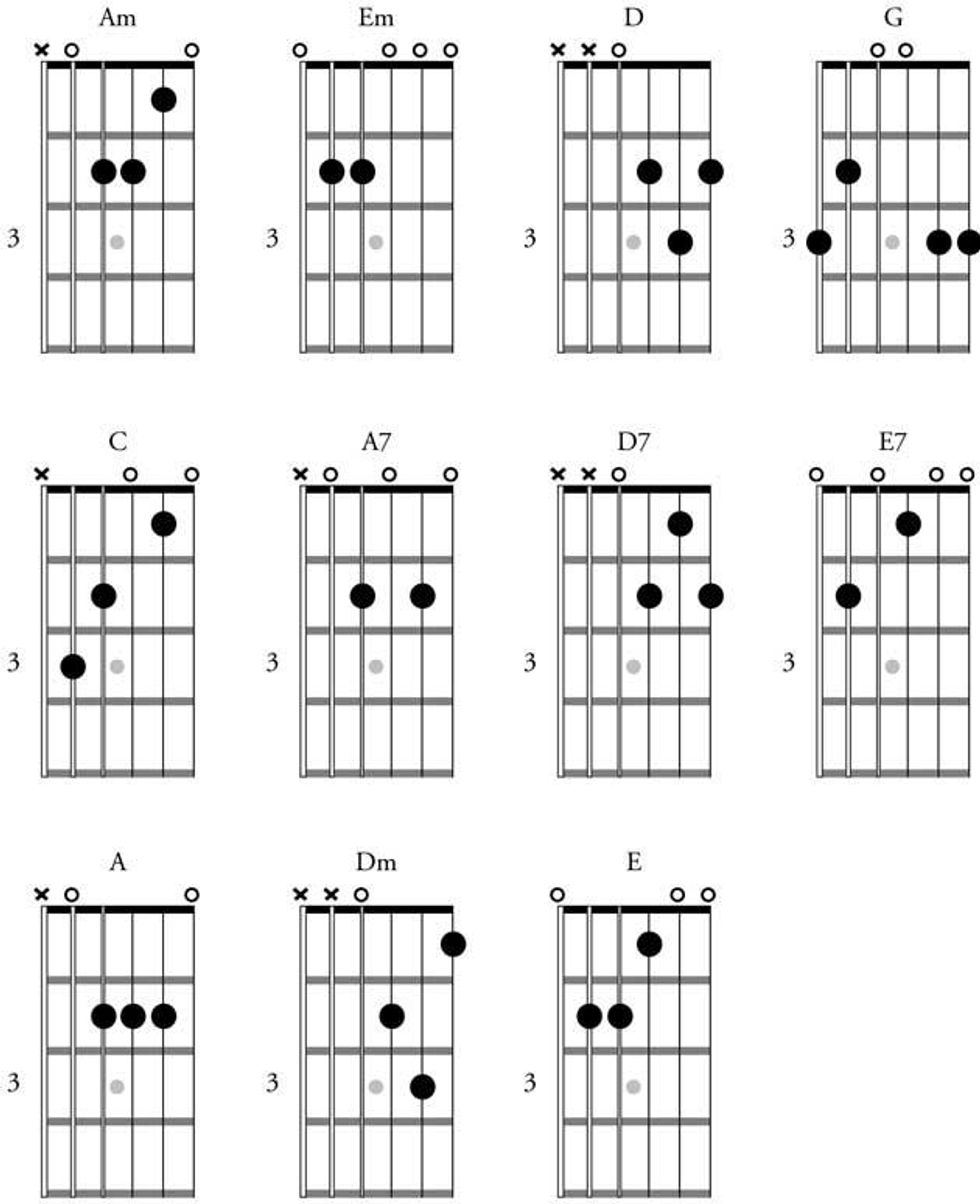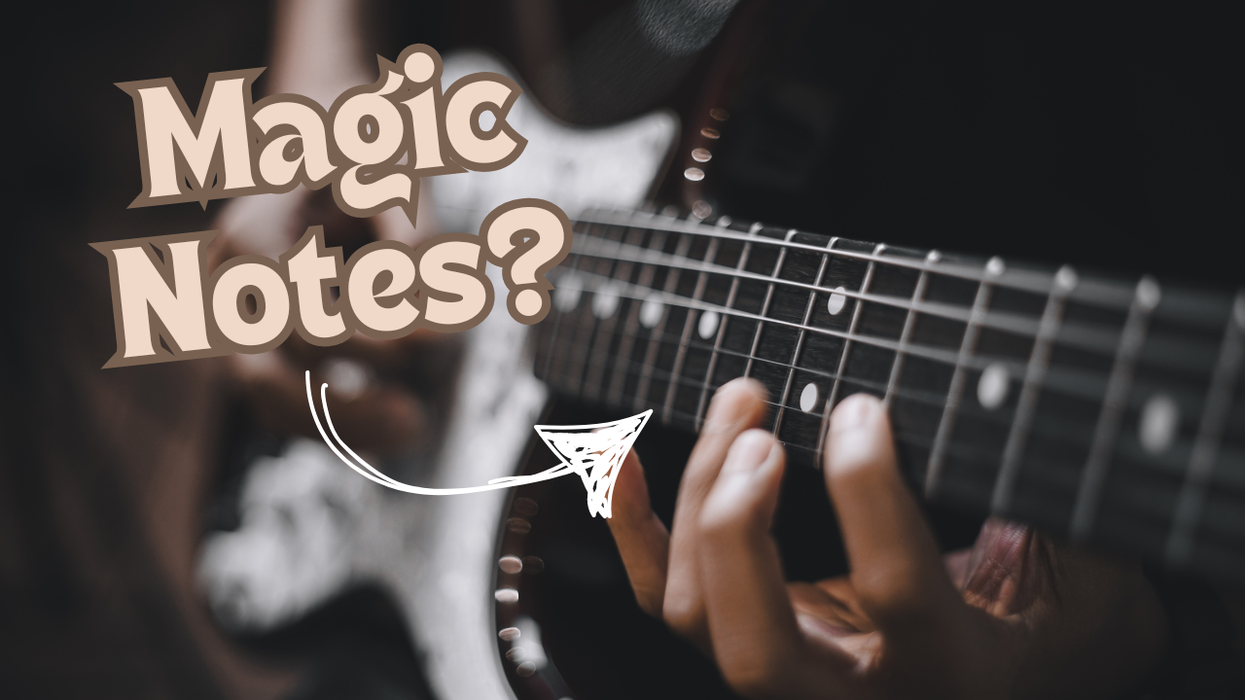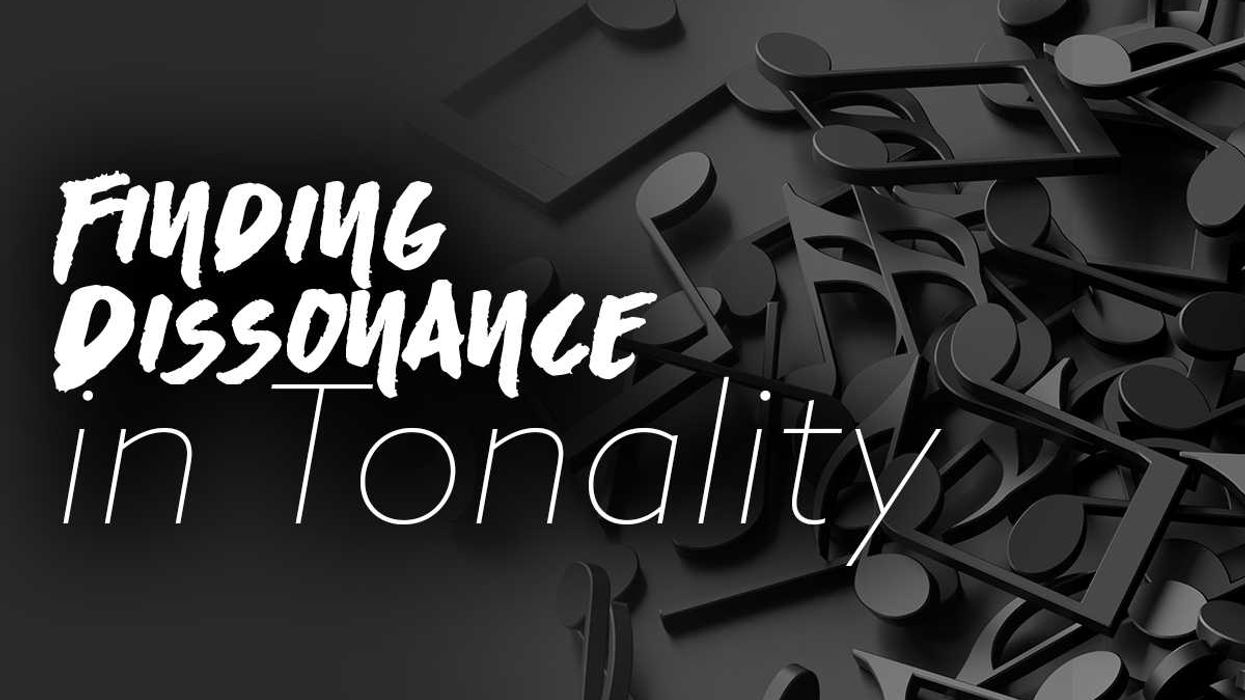| Chops: Beginner Theory: Intermediate Lesson Overview: • Learn three-note-per-string fingerings for the diatonic modes • Connect scale fingerings over the entire fretboard • Visualize common scale patterns and fingerings |
We'll start by looking at the scale patterns of each mode, shown in Fig. 1. We want to make sure all of the fingers on our left hand are used, so for the most part we will have three notes on each string. As you progress and get faster it's ok to use whatever finger position you're most comfortable with higher up the neck, but at the beginning it's really important to stay with the correct finger positions and really give your hands a workout!

You have to learn each one of the scales for this to really make sense. Here, we're going to start with the Ionian (otherwise known as major) scale and work our way both down and up the neck. All of the examples here are in the key of C, so we don’t have any sharps of flats to worry about.
When you play, the most important thing is to look at the fretboard! Of course we like to play by feel but this is first and foremost a visualization exercise. First, you want to play through each fingering very slowly and use alternate picking. Also, mix things up by breaking the patterns into two- and three-string groupings.
Repeat this process for the other diatonic fingerings. In Fig. 2 you can see how the patterns connect over the entire fretboard. Pay attention to how each pattern relates to each other and shares the same notes on the fretboard. We want to be able to visualize how they are connected to each other.
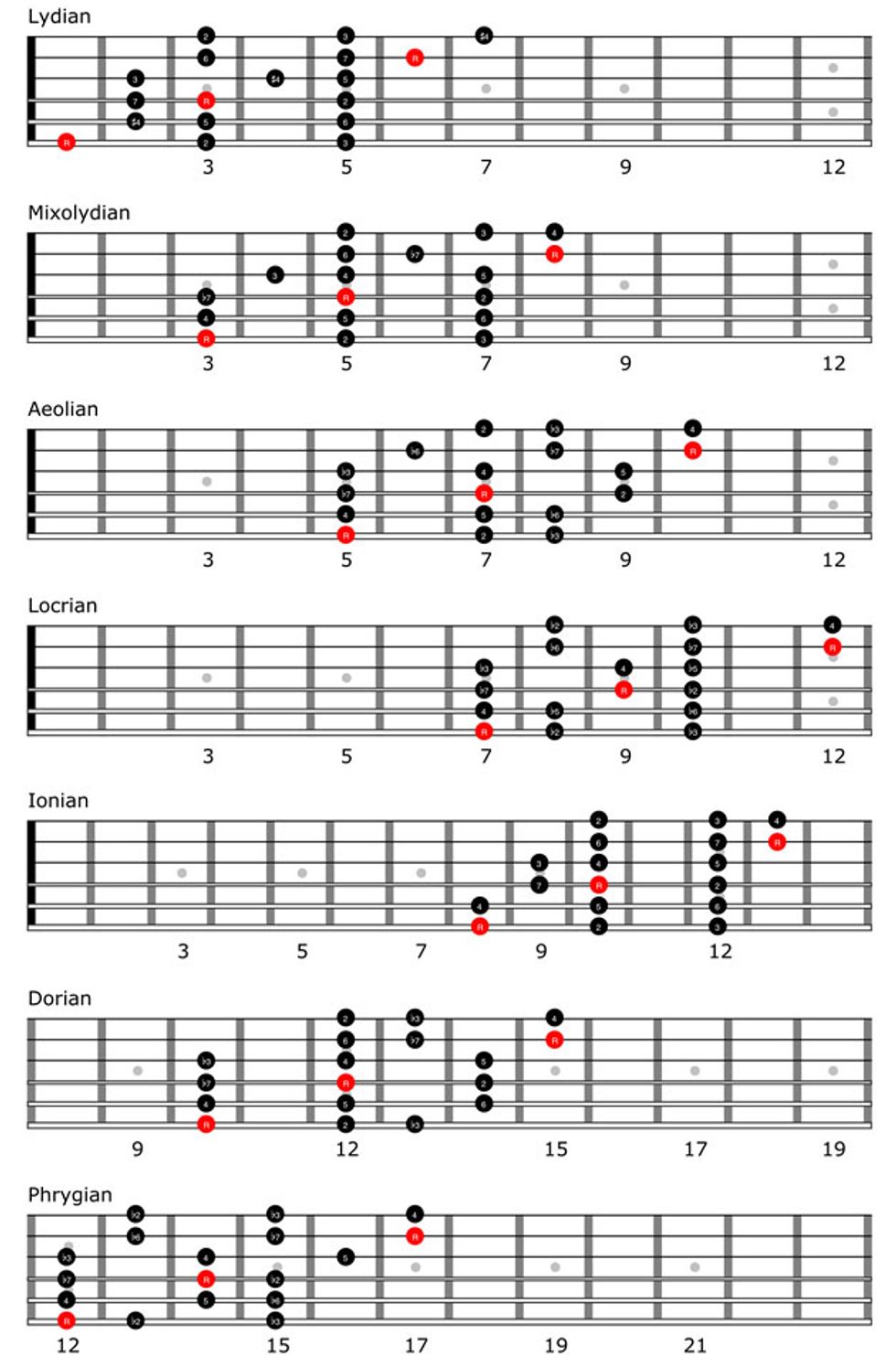
Once you have done this, do the same thing starting on the 3rd fret with G major scale and going to A Dorian, B Phrygian, C Lydian, and so forth. If you got a hang of this easily, you can try them out in all different keys. Soon you will see how the solos you have already begun to learn fit into these.
Next month we'll take a look at how to seamlessly transition from one mode to another to start to break out of the box!




